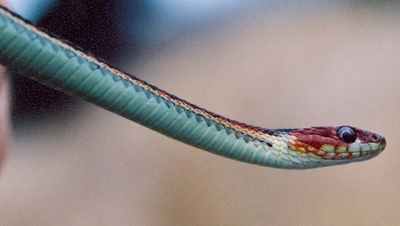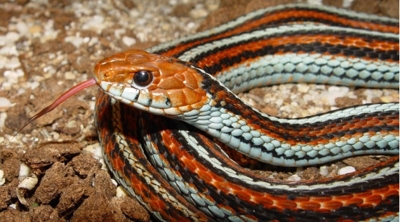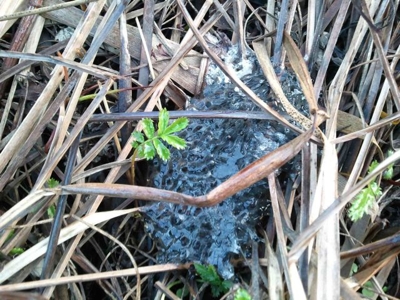SAN FRANCISCO GOLF PROGRAM
COVERS-UP
SHARP PARK GOLF COURSE LOSSES
New documents obtained through San Francisco’s Sunshine Ordinance show that the controversial Sharp Park Golf Course is predicted to lose money yet again this upcoming fiscal year: despite the San Francisco Recreation and Parks Department’s presentation on April 1st to the Recreation and Parks Commission claiming otherwise.
Yet the Department is proposing to continue subsidizing suburban golf in San Mateo County while cutting nearly 4 million dollars from San Francisco’s urban recreation programs and services.
The new documents provide more support for creating a better public park at Sharp Park by transferring ownership to the National Park Service, which already owns adjacent lands.
Watch “The Restoration Vision” to learn more
about sustainable solutions at Sharp Park
“Transferring Sharp Park to the National Park Service will save San Francisco taxpayers money while providing recreational services modern Bay Area residents desperately need,” said Brent Plater, Executive Director of the Wild Equity Institute. “Sustainable solutions to the City’s environmental and budgetary problems exist: the question is whether the Department will find the courage and leadership to implement them.”
On April 1, 2010 the San Francisco Recreation and Parks Department gave a presentation to the Recreation and Parks Commission about San Francisco’s Golf Fund, and claimed that Sharp Park Golf Course would earn $40,000 in the upcoming fiscal year.
But a careful analysis of the Department’s budget shows that San Francisco taxpayers are actually predicted to spend between $62,000 and $124,000 more on Sharp Park than the golf course earns next year.
Moreover, the Department is still pursuing plans that will result in tens of millions of dollars in capital expenditures to upgrade the substandard golf course, millions more to stabilize the golf course’s failing sea wall, and millions more to upgrade the golf course’s irrigation system: and this is before the Department addresses the multi-million dollar environmental permitting requirements for Sharp Park’s illegal pollution and take of endangered species.
The Department masked these losses by failing to apportion “general operations” revenues and expenditures to each golf course within the golf program. When these general revenues and expenditures are apportioned to each San Francisco golf course, Sharp Park Golf Course will suffer large operating loses this upcoming fiscal year. This is true whether the expenditures are allocated proportionately (based on size of the course) or equally to each golf course.
The error is confounding because after the Wild Equity Institute pointed out this accounting error to the Department last year, the Department subsequently apportioned these revenues and expenses to each course in documents presented to the Parks and Recreation Open Space Advisory Committee (“PROSAC”).
“Restoring Sharp Park is the best financial and environmental investment the Department can make with this land,” said Plater. “It is also the equitable thing to do for people and the animals on the brink of extinction at Sharp Park. We look forward to working with the Department and all stakeholders to make this new public park vision a reality.”






















































